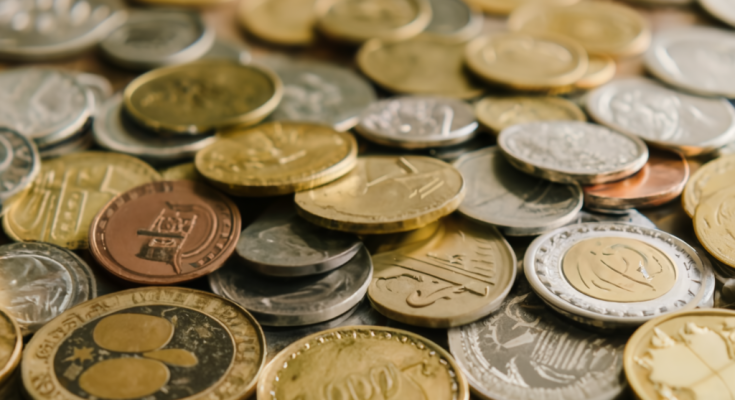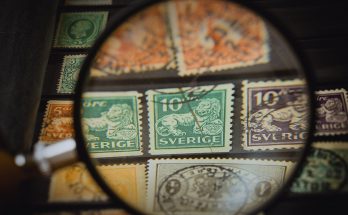Coin collecting is a multifaceted hobby that appeals to individuals for various reasons, from the pursuit of beauty and history to the thrill of the hunt for rare pieces. Coin collecting is appreciated for various reasons, including historical interest, artistic appreciation, investment potential, and the sheer joy of the pursuit.
Whether for personal enjoyment, educational purposes, or investment, coin collecting can offer a rewarding and enriching experience that connects collectors to the past and to each other.
Categories of Coin Collecting
Coin collectors often specialize in particular types of coins, with their collections reflecting their personal interests or historical periods they find fascinating. Some popular categories include:
- Ancient coins: Coins from civilizations like the Roman, Greek, Byzantine, and other early empires.
- Country-specific collections: Focusing on coins from a specific country, often the collector’s home country.
- Historical periods: Collecting coins from a specific historical period, such as the Medieval era, Renaissance, or specific centuries or reigns.
- Error coins: Coins with minting errors that make them rare and often more valuable.
- Commemorative coins: Special edition coins issued to honor significant events, anniversaries, figures, or similar.
- Precious metal coins: Collecting coins made from precious metals, often for both their numismatic and intrinsic metal value.
Numismatics
The broader hobby of numismatics is the practice of collecting coins, tokens, paper money, and certain other related objects.
Artistic and cultural appreciation
Coins can be miniature works of art, showcasing the craftsmanship and artistic style of their time. Collectors often appreciate the design, symbols, and inscriptions on coins, which can reflect a nation’s identity, values, and cultural heritage. The aesthetic appeal of a well-designed coin, along with its historical significance, can be a strong motivation for collectors.
Historical significance
Coins are a tangible connection to the past, offering insights into historical events, cultures, economies, and influential figures. Collectors often focus on specific periods or geographical regions, gathering pieces that tell a story or represent significant moments in history. Ancient coins, for example, can provide a direct link to civilizations such as Rome, Greece, and Egypt, while modern coins might commemorate important events or anniversaries.
Investment potential
While not all collectors focus on the financial aspect, coin collecting can be a form of investment. Rare and historic coins, especially those made from precious metals, can appreciate in value over time. The condition of the coin (its grade), rarity, and metal content are key factors that influence its value. As always, the forces of demand and supply are at play. Collectors seeking investment opportunities often pay close attention to long-term market trends and auction results.
Community and education
Coin collecting can foster a sense of community among enthusiasts who share their knowledge, experiences, and passion for coins. Clubs, societies, and online forums offer spaces for collectors to connect, trade, and learn from each other. Additionally, collecting coins can be educational, encouraging collectors to research and study the history, geography, and economics related to their collections.
Background
We do not know when coin collecting begun, but it was probably practised in ancient times by some of those who could afford it. We do know that the Roman Emperor Augustus gave away “coins of every device, including old pieces of the kings and foreign money” as Saturnalia gifts. He was the first Roman emperor, reigning from 27 BCE until his death in AD CE.
During the early Renaissance, collecting ancient coins became quite popular among members of the upper class and certain educated figures. The scholar and poet Petrarch (1304-1374) wrote in a letter how vine diggers often approached him with old, unearthed coins, asking him to buy the coins or identify the ruler. In 1355, Petrarch presented a collection of Roman coins to Emperor Charles IV. Other examples of notable coin collectors are Pope Boniface VIII, Emperor Emperor Maximilian of the Holy Roman Empire, Louis XIV of France, Elector Joachim II of Brandenburg (who started the Berlin coin cabinet), and Henry IV of France.
The oldest known book about coins is “De Asse et Partibus Eius” from 1514. It was written by the French scholar Guillaume Budé and is a treatise on ancient coins and meausures.
In the 1800s, several societies were formed by coin collectors, including the Numismatic Society of London which was established in 1836. In 1904, it received the title “Royal Numismatic Society” from Edward VII by Royal Charter. On the other side of the Atlantic, the American Numismatic Society (ANS) was founded in 1858. Today, it´s numismatic collection includes almost one million items, and in many categories, the ANS collection is the most comprehensive in the world. ANS also maintains the world’s most comprehensive library of numismatic literature.





